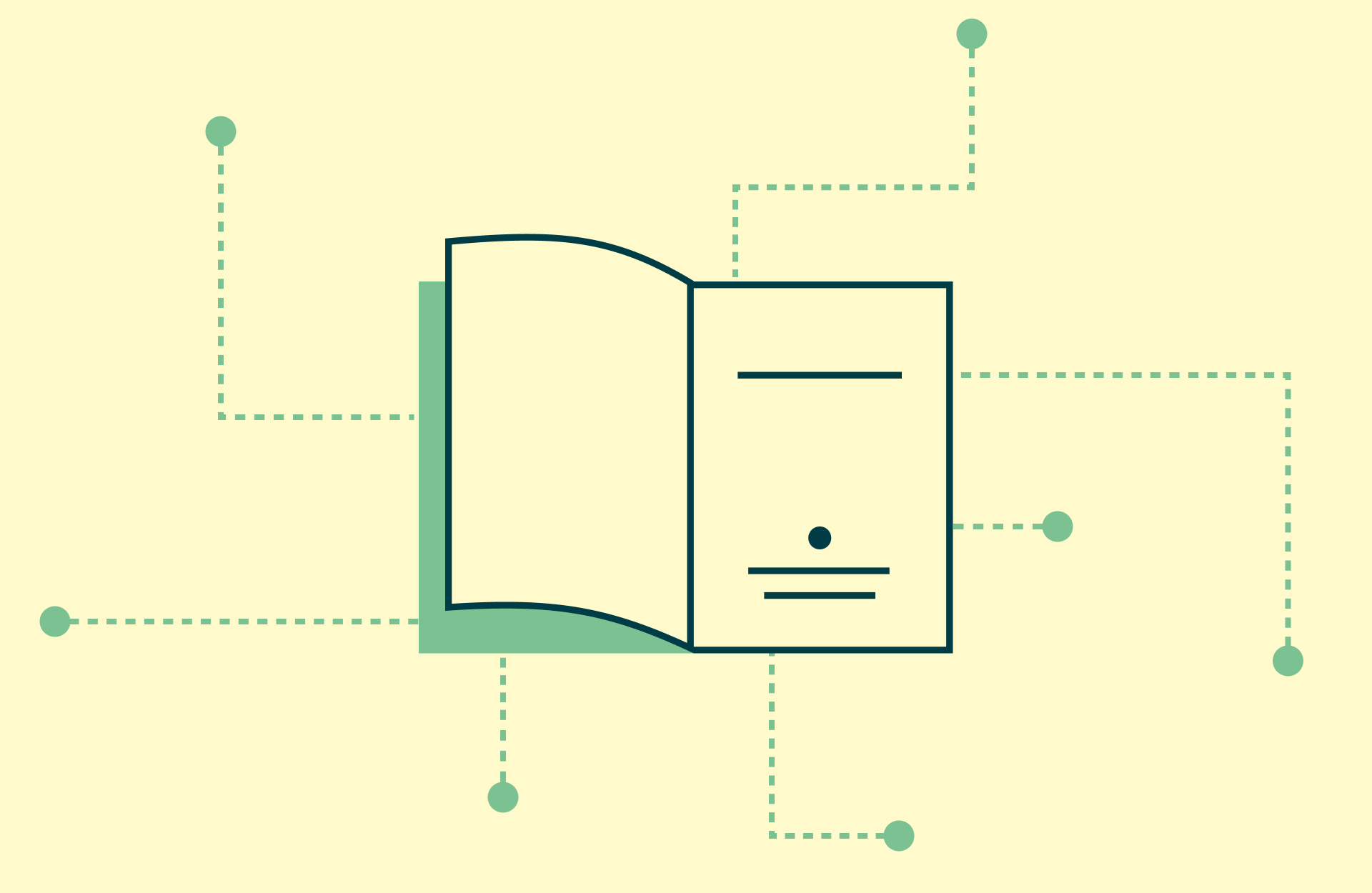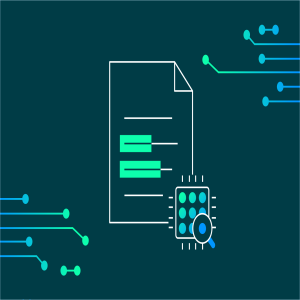Welcome to the world of primary sources, where history comes to life through the words, images, and artifacts left behind by those who witnessed and participated in past events. Primary sources are the raw materials of history, providing us with direct access to the thoughts, feelings, and experiences of people from different times and places. Whether it's a letter written by a soldier on the front lines of a war, a diary entry by a young woman during a pivotal moment in history, or a painting that captures the spirit of a particular era, primary sources offer us a unique window into the past. By exploring these sources, we can gain a deeper understanding of the world that came before us and connect with the human experiences that have shaped our present. Let’s look at exactly what is a primary source, primary source examples, the difference between primary and secondary sources, and more.
Why is teaching primary and secondary sources important?Students must have the ability to analyze their sources and learn how best to check their own biases, ask meaningful questions, and dive into lessons with both primary and secondary sources. With fake news and social media informing how modern students consume information, a primary/secondary source activity allows for a meaningful exploration of real items that illustrate the day-to-day lives of humanity.
Primary and secondary sources are all valid reference points for students as they conduct research, write papers, and figure out how they fit into the timeline of our human history. They differ in meaningful ways because primary sources are the closest to the person, place, or event, with the most intimate expression of information. From there, second and mixed sources still offer a meaningful look but diluted, with more layers of interpretation between.
Activities that feature primary and secondary sources allow students to make inferences, develop reasoned explanations, wrestle with contradictions, and compare multiple sources that represent differing points of view, confronting the complexity of the past.
How do I get started with primary sources?Primary sources provide a first-hand record of events, created at the time of the event or from the era to which they relate. These items are created by individuals as a part of their day-to-day life, each one telling a piece of their story.
Not all lessons need to feature a primary source, but for those that do, it is important for students to recognize any preconceived notions, biases, or misunderstandings that they may bring to their own analysis. Interpreting the meaning of a primary source may be subjective; for instance, if a student does not have accurate information about the cause of a war or has strong personal opinions about a political movement, then primary sources from those events or eras may be seen through a certain lens.
Additionally, a primary source itself may be biased, like a piece of propaganda or newspaper article written with a particular slant. When consuming any type of information or media, students should be aware of how personal perspective, bias, and opinion may influence their learning.
What is the difference between a primary and secondary source?It also helps if students can recognize the differences between primary and secondary sources. According to Healey Library at the University of Massachusetts Boston (USA):
Primary Sources are immediate, first-hand accounts of a topic, from people who had a direct connection with it. Primary sources can include:
- Texts of laws and other original documents
- Newspaper reports, by reporters who witnessed an event or who quote people who did
- Speeches, diaries, letters and interviews - what the people involved said or wrote
- Original research
- Datasets, survey data, such as census or economic statistics
Secondary Sources, on the other hand, are one step removed from primary sources, though they often quote or otherwise use primary sources. They can cover the same topic, but add a layer of interpretation and analysis. Secondary sources can include:
- Most books about any topic
- Analysis or interpretation of data
- Scholarly or other articles about a topic, especially by people not directly involved
- Documentaries (though they often include photos or video portions that can be considered primary sources)
And while many assume that primary and secondary source activities are only used in history, sociology, or psychology classes, the exploration of these documents and items is beneficial across subject areas and grade levels.
When is a primary source a secondary source?As with most things, there are exceptions. In some cases, a primary source can be a secondary source (or vice versa) depending on its use and the topic at hand. An item or document that has distance from one subject may actually offer a more intimate or valuable look at a completely different topic. Bowling Green State University (USA) offers this example:
- A biology textbook would be considered a secondary source if in the field of biology, since it describes and interprets the science but makes no original contribution to it.
- On the other hand, if the topic is science education and the history of textbooks, textbooks could be used as primary sources to look at how they have changed over time.
To start, defining a primary source and highlighting the differences between that and a secondary source is incredibly helpful for students. Often, if a student can apply the phrase “first-hand” to a source, it generally falls under the primary category. And while neither source is necessarily deemed “a better choice” for learning, it’s understood a primary source may offer close-up, more intimate information about a issue, while a secondary source tackles topics from more of a distance.
For students of any age, asking questions to start the activity can help to shape how they relate to and gather information about the item at hand. For example, when reading a diary written by someone in France during the 1940s, a student may ask: “What does this diary entry say about the day-to-day lives of individuals during the 1940s?” Compare that to: “What does this diary entry tell us about how World War II was affecting different countries in Europe at this time in history?” While the primary source is the same, the questions asked by the student lead to varying conclusions and learnings.
What are primary and secondary source activity examples?A variety of notable universities and institutions around the world have primary source activities online for educator use, including:
- The University of Oxford (UK) provides primary source exercises that allow students to explore the primary sources that shape Oxford historians’ latest research and teaching.
- The Smithsonian Institute (USA) offers a lesson plan idea that explores primary sources and asks students to analyze and answer Document-Based Questions (DBQs).
- The University of Queensland (Australia) has a curated collection of archives on the history of Australia, as well as a variety of other resources.
- The Library of Congress (USA) has teacher’s guides and a primary source analysis tool available for educator use. There are also downloadable PDFs that cover steps on analyzing charts and graphs, manuscripts, maps, motion pictures, and beyond. There is also a portal with digital collections that are free to use and reuse, featuring a small sample of the Library’s millions of items, including musical scores, sound recordings, prints, and more.
The activities listed in this post can be adjusted accordingly for secondary or higher education. There is value for students at every age to gain an understanding of primary and secondary sources and how studying them can help us to better grasp historical and modern times.
In addition to exploring primary sources, Turnitin offers 5 Tips for integrating source credibility activities into your curriculum, including a Source Credibility Guide poster, student-facing resources, and myriad options for assessment. This information bridges the value of primary and secondary sources with the integral skills needed to glean the right information from them.
Instructors may also want to explicitly teach about fact vs opinion. This type of lesson allows students to gather a more accurate understanding of historical events as they pertain to current events and mindset. For instance, talk to students about articles on racism and how they read differently now than in the 1960s because of what was considered “fact” in that era. Lisa Macdonald offers a lesson plan for primary education that dives into fact vs opinion. This type of exercise can help build a solid groundwork for students in early learning stages as they learn how to build their research skills and interact with different types of sources online and in print.
How do I cite primary and secondary sources?Good scholarly practice is to cite the primary source over a secondary source, as it is closer to the actual person or event in history.
Citing a primary sourceIn MLA, the citation format for an online source is as follows:
- Name of the author, compiler, director, editor, narrator, performer, or translator of the work (when the site is also the publisher omit here and instead place in publisher section)
- Title of the work (italicized if the work is independent; in roman type and quotation marks if the work is part of a larger work)
- Title of the overall website (italicized), if distinct from item 2
- Other Contributors
- Version or edition used
- Number
- Publisher or sponsor of the site; omit if not available.
- Date of publication; omit if not available.
- DOI or URL (DOI is encouraged and “http://” is left out)
- Date of access (recommended for online resources)
Examples:
Last name, First name. “Section of Website.” Title of the Website, Other Contributors, Version, Number, Name of publisher or sponsor, Date of publication, DOI or URL. Day Month Year of access. opt. URL.
Library of Congress. United States Government, 10 Feb 2012, www.loc.gov/. Accessed 16 Feb. 2017.
Citing a secondary sourceCiting the primary source is ideal for research and works of scholarly writing. If the original work is unavailable or out of print, one can cite the secondary source, albeit sparingly.
For APA, citing secondary sources would look like this:
- In the reference list, provide an entry for the secondary source that you used.
- In the text, identify the primary source and write “as cited in” the secondary source that you used.
- If the year of publication of the primary source is known, also include it in the text citation.
For example, if you read a work by Lyon et al. (2014) in which Rabbitt (1982) was cited, and you were unable to read Rabbitt’s work yourself, cite Rabbitt’s work as the original source, followed by Lyon et al.’s work as the secondary source. Only Lyon et al.’s work appears in the reference list.
- (Rabbitt, 1982, as cited in Lyon et al., 2014)
If the year of the primary source is unknown, omit it from the in-text citation.
- Allport’s diary (as cited in Nicholson, 2003)
Overall, there is profound value in teaching primary and secondary sources with students at any age and in every subject area. Secondary sources retell, analyze, or interpret events, usually at a distance of time or place, while primary sources provide a focused, intimate look at a topic. Citing both primary and secondary sources provides balanced viewpoints for students to analyze, developing necessary critical thinking skills. From there, students will be able to come to their own reasoned conclusions about the events and issues of history and our present day.





